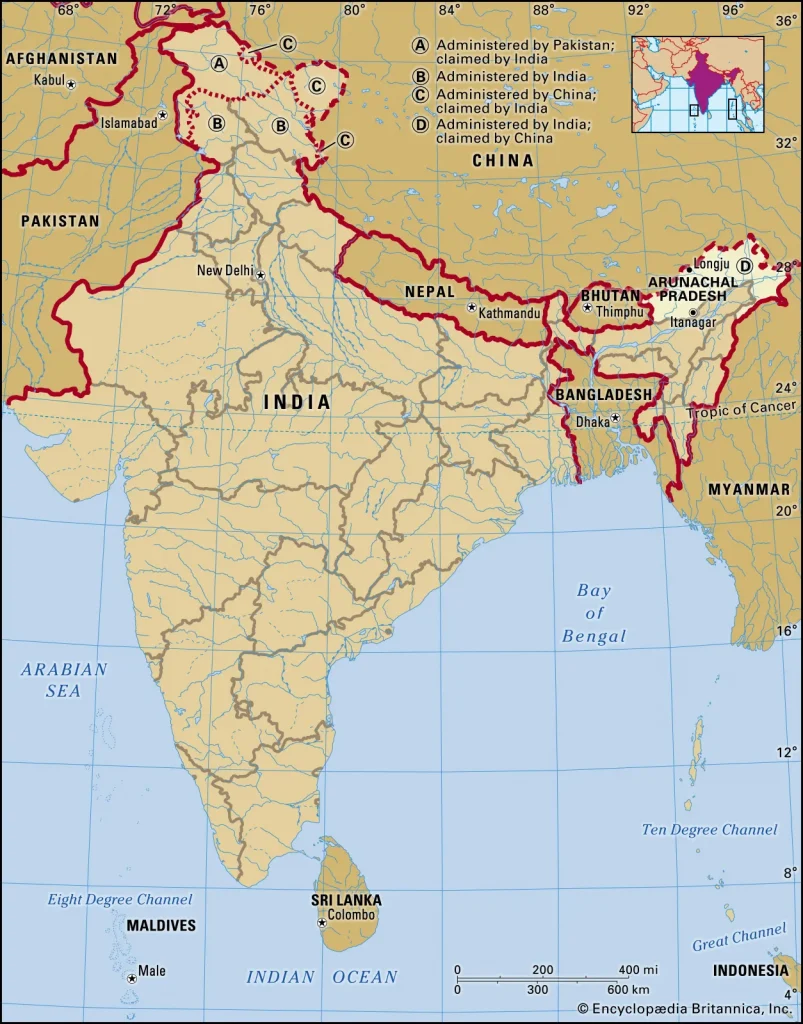China has hit back at the US for siding with India in a territorial dispute over Arunachal Pradesh, a state in northeast India that’s claimed by Beijing.
Last week, the State Department released a statement saying the US “recognizes Arunachal Pradesh as Indian territory and strongly oppose any unilateral attempts to advance territorial claims by incursion or encroachments, military or civilian, across” the Line of Actual Control (LAC), the demarcation line separating Chinese-controlled and Indian-controlled territory.
In response, Chinese Foreign Ministry spokesman Lin Jian said, “China strongly deplores and firmly opposes this. The China-India boundary question is a matter between the two countries and has nothing to do with the US side.”

India bases its claims to Arunachal Pradesh on the McMahon Line, a boundary agreed upon by the British and Tibet in 1914 without China’s input. China briefly controlled most of Arunachal Pradesh after the 1962 Sino-Indian War but ceded the territory and withdrew back to the McMahon Line.
India formally declared Arunachal Pradesh a state in 1987, but Beijing has not dropped its claim to the territory, known as Zangnan in China. Beijing says the territory is southern Tibet and should be part of China’s Tibet Autonomous Region.
Lin said, “Zangnan has always been China’s territory, a basic fact that is undeniable.” He added that “it is known to all that the US has consistently spared no efforts to provoke and take advantage of other countries’ conflicts to serve its selfish geopolitical interests.”
Tensions have been high between China and India since 2020 when a clash broke out between Indian and Chinese troops in the Galwan Valley, an area along the western portion of the LAC. Chinese and Indian troops deployed to the border are not armed with guns, but the skirmish with clubs and bats still left 20 Indian and four Chinese troops dead.
After the clash between the two nuclear-armed countries, the US began to increase its military relationship with India. In October 2020, the US and India signed an intelligence-sharing deal known as the Basic Exchange and Cooperation Agreement (BECA). The deal allowed the US to share satellite data with India to help keep an eye on Chinese troops on the disputed border.
According to a report from US News, the BECA allowed the US to provide unprecedented intelligence-sharing during a clash between Indian and Chinese troops in December 2022. BECA would also allow the US to share intelligence with India for missile strikes if the border dispute ever escalates into a full-blown conflict.


